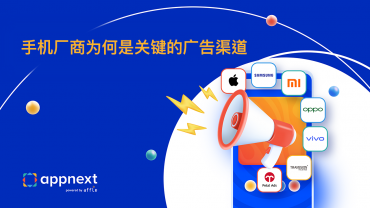The annual Digital Analytics Summit is an excellent opportunity to get together with some of the leaders in our industry and to discuss the developments we can expect to see in mobile app marketing over the coming year. We have witnessed extraordinary growth of mobile usage, which has continued unabated during the COVID-19 pandemic. Globally, the time spent on smartphones is increasing and many businesses are enjoying a mobile commerce bounce. However, amid this exciting progress, our industry is also facing a number of new challenges, such as broadened privacy regulations, which we will have to overcome.
I moderated a panel discussion by representatives from Google, SEM, and Modanisa, where we talked about the factors that should be considered when choosing a Mobile Measurement Partner (MMP). A key concept that we all agreed on was the importance of applying the right attribution method when analyzing data. For example, web giants Google and Facebook are self-attributed platforms but still use view-through attribution (VTA), in addition to click-through attribution (CTA) to measure their activities. There are a number of reasons all marketers should, at the very least, be able to examine their data using VTA. The most obvious of these reasons is to be able to assess whether a partner is performing poorly or if they are generating a lift through impressions, rather than clicks. For example, when evaluating the success of a campaign, it may appear there were only 10 purchases a day when measured using CTA. However, that figure could rise to 30 purchases from the same marketing campaign when assessed using VTA. It is crucial that advertisers can accurately assess the performance of their ads in the various placements customers see them. Using VTA, advertisers see the exact point a user makes an install after they have viewed ad recommendations. In summary, impression tracking helps marketers gauge how valuable their campaign is along the whole buyer journey – not just at the beginning and the end. The overall importance of VTA in measuring the success of a campaign for advertisers cannot be underestimated. A short attribution window, such as 24 hours, allows for fair allocation and gives marketers valuable insight into how the campaign is progressing. If advertisers only look at CTA they could be missing the full picture and incorrectly assume that a particular marketing channel is not valuable for prompting conversions.
Another big topic of discussion for us was how the industry is responding to the impact of iOS 14 on mobile advertising. The introduction of the App Tracking Transparency Framework (ATT) was one of the industry’s most far-reaching changes in recent years. The ATT means apps must specifically request permission to access the devices IDFA (Identifier for Advertisers) via a separate pop-up, with the default opt-out setting. Current estimates show the opt-in rate is between 10-20%, which means up to four out of five iOS users are not trackable and pose a challenge for advertisers who are assessing the effectiveness of their campaign.
Our industry is enjoying phenomenal growth right now and it looks unlikely to slow down any time soon. To capitalize fully on that success, app marketers must ensure they are using the right attribution methods to analyze their data so they can make the most out of their ad campaigns.




Comments are closed.